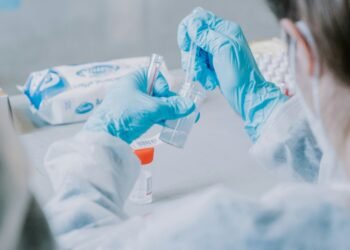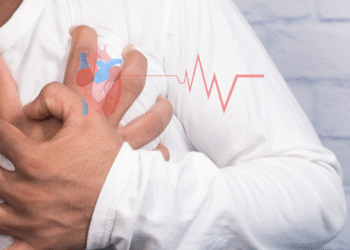In medical problems of humans, two extremes that are essentially as important as each other must be addressed: emergency medical treatment and the inner functioning of the body. While the Basic Life Support procedure saves lives during emergencies, metabolic balance and digestion rely on the gallbladder. Both shall be addressed here, and you shall know about saving lives techniques alongside the role played by this tiny but incredibly crucial organ.
Understand the BLS Protocol
Basic Life Support (BLS) is a medical practice that is used to aid breathing and circulation during cardiac arrest, airway obstruction, or patients who suffer from respiratory distress in anticipation of professional help. It is the cornerstone of emergency care and can be administered by either medical practitioners or lay persons who have received proper training.
Key Elements of the BLS Protocol
- Ensure Scene Safety
Ensure the scene is safe for the victim. Bypass any potential dangers, such as traffic, fire, or electrical charge, and record them.
Activate Emergency Response System
- Call the emergency number (e.g., 108 in India, 911 in USA) or have someone call.
Check Breathing and Pulse
- Listen for breath sounds.
- Feel carotid pulse (in adults) or brachial pulse (in infants).
High-Quality CPR
- Ventilations: Following 30 compressions, administer 2 rescue breaths.
- Continue 30:2 cycles for trained rescuers; for untrained rescuers, do Hands-Only CPR until emergency assistance arrives.
Use of AED:
- Switch on AED and follow voice instructions.
- Stand back while delivering shock.
- Resume CPR if shock is administered or “no shock advised” message is displayed.
Follow-up Care:
Continue CPR and use of AED until:
- The victim begins to regain signs of life.
- Professional medical assistance takes over.
- The scene is no longer safe.
Role of BLS:
Prompt administration of BLS protocol will double or even triple the rate of survival for a victim in cardiac arrest situations. It is a necessary skill for medical professionals, first aiders, and the general public as a whole.
Functions of the Gallbladder:
- While BLS responds to emergencies, the main function of the gallbladder does its daily work in aiding digestion.
- The liver makes bile all the time a yellowish-green liquid that assists digestion of food fat. It does not have to be consumed immediately when it is made, though. That’s where the gallbladder comes in handy.
Storage of Bile:
The gallbladder serves as a reservoir for bile made by the liver. Without a reservoir, bile would drip steadily into the intestines, and this would be a waste on the digestion side.
Concentration of Bile:
Water and electrolytes are expelled by the gallbladder from stored bile and become concentrated. Concentrated bile is a more powerful emulsifier of fats.
Release of Bile
After a fatty meal, the small intestine releases a hormone named cholecystokinin (CCK), which causes the gallbladder to contract. This compresses bile through the common bile duct into the small intestine, where the bile emulsifies fats into small droplets for more digestion and absorption.
Aiding Fat-Soluble Vitamin Absorption
Indirectly, through breakdown of fat, bile helps the body absorb fat-soluble vitamins A, D, E, and K, used for vision, bone development, immunity, and blood clotting.
When Things Go Wrong
- In BLS Situation: Delayed CPR or AED can lead to death or irreversible brain damage within minutes.
- In Gallbladder Health: The Gallstones, cholecystitis (gallbladder inflammation), or bile duct obstruction can cause all type of intense abdominal pain, nausea, and gastrointestinal symptoms. In extreme cases, removal of the gallbladder (cholecystectomy) may be necessary, but digestion continues with diet modification.
Conclusion:
The BLS method instructs one on how to respond competently in an emergency, sustaining a person long enough for professional help to take over. The gallbladder is not big in size but contributes significantly to fat digestion as well as to the absorption of nutrients. Rescuing a life in the face of an emergency or promoting normal digestion both show the human body’s extraordinary resilience and complexity.













